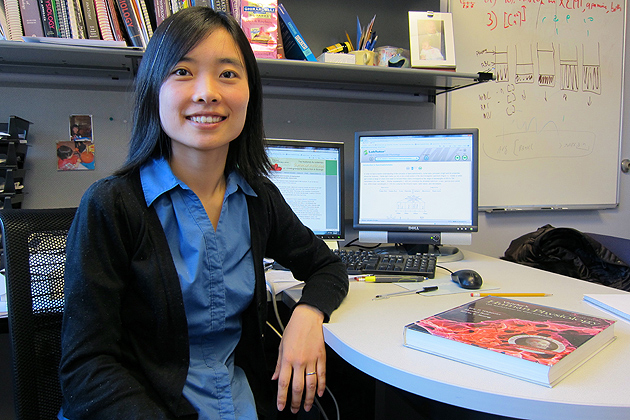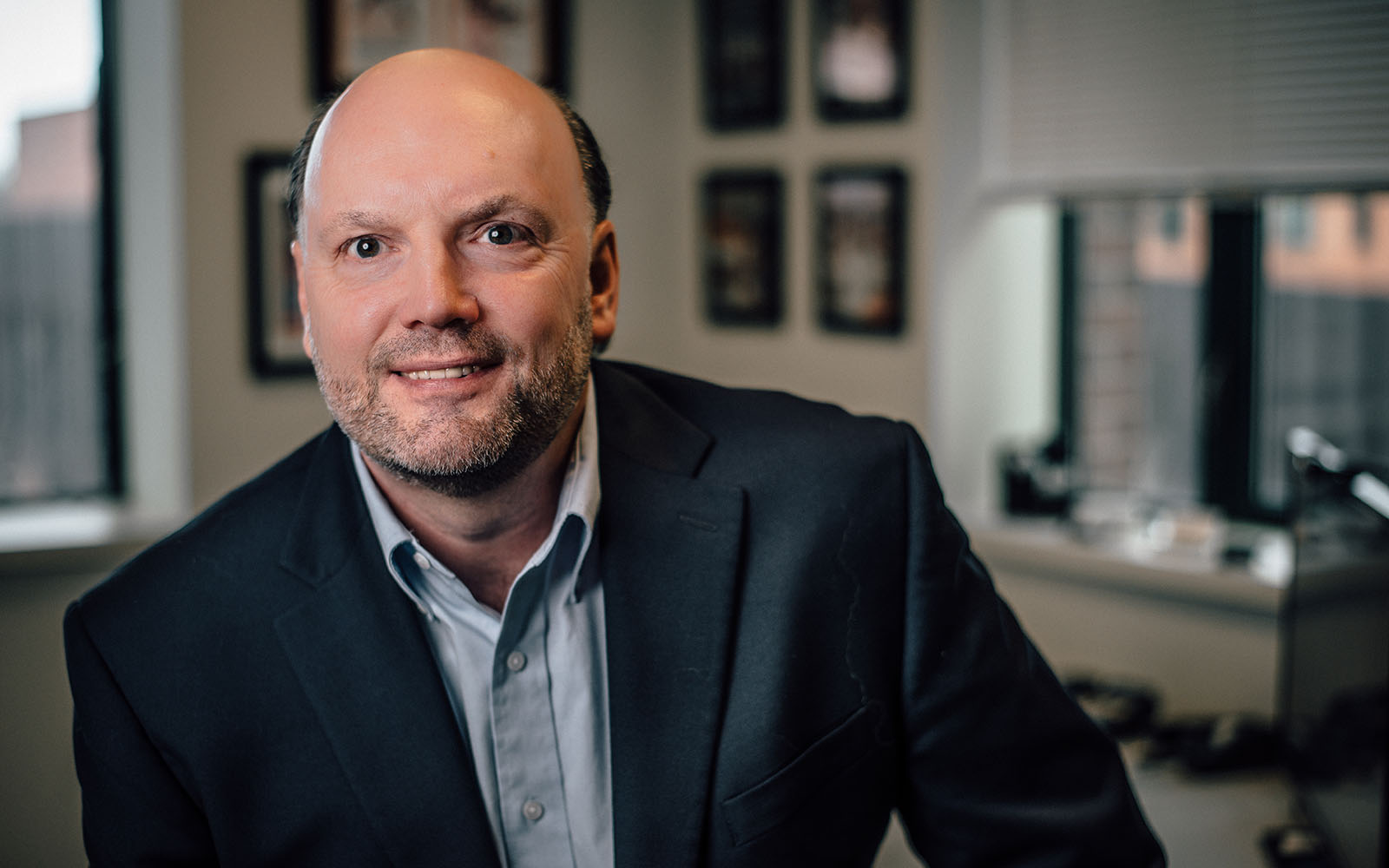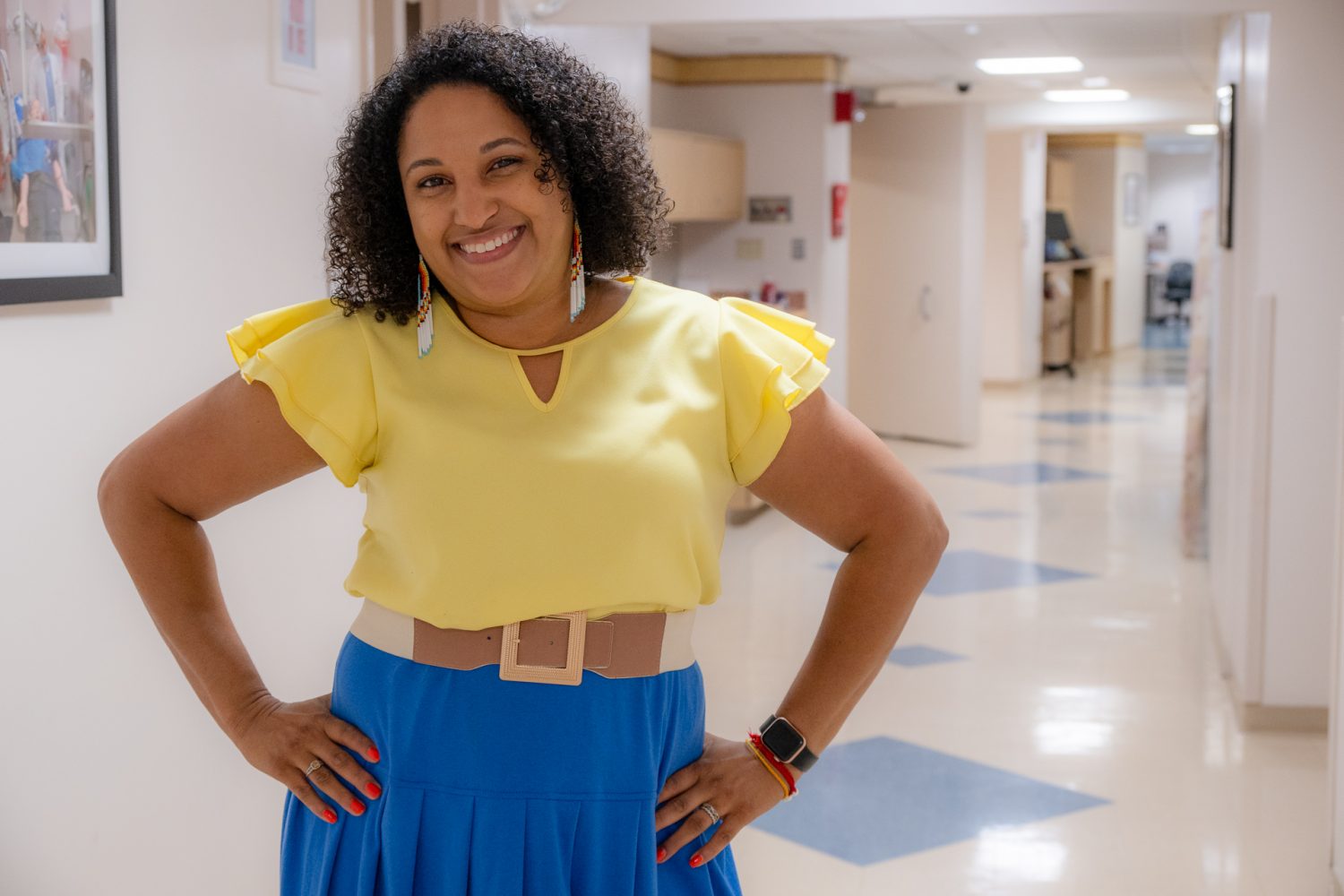
Within the College of Liberal Arts and Sciences, more than a third of all undergraduates are science majors. And yet, if national statistics hold true, less than half of those students will finish college with a science degree. The majority will leave the sciences for other majors, many in the humanities and social sciences.
So, scientists wonder, is something happening in the classroom to turn students away from science?
“Teachers may not always be able to recognize right away when things aren’t working,” says Xinnian Chen, assistant professor-in-residence in the Department of Physiology and Neurobiology. Students who have misconceptions of the material often go unrecognized, she says, and when new material is introduced, it’s harder for students to make connections to what they’ve already learned.
Two years ago, CLAS supported Chen, a winner of the National Science Foundation’s BioEdNet award, to attend the National Academies Summer Institute on Undergraduate Education in Biology. There, she says, she was introduced to a whole new way of teaching, which has ultimately helped her to overhaul one of UConn’s largest classes.
“It was eye-opening,” she says. “The whole workshop focused on the students’ point of view. We came back and completely changed how we teach.”
The goal of student-centered learning, says Chen, is to gauge student accomplishment in ways that are different from typical methods like exams, quizzes, and papers. Chen says that often, professors focus on covering all the material they set out to teach – for example, a certain number of chapters in a book – and presenting it in a way that’s clear and logical to students.
Before she attended the workshop, Chen also worried mostly about students understanding her Chinese accent. But now she realizes that helping students learn science is more than speaking clearly.
“There’s a history of evidence that active, engaged learning environments are better than passive, lecture-based ones,” says Chen.
And sometimes, being interested and excited about a class is just as important as scoring well on its tests.

Chen has been charged with revamping her department’s human anatomy and physiology course, which regularly enrolls more than 700 students from different colleges and majors around UConn. Using what she’s learned at the past two Summer Institutes, she meets with her 24 teaching assistants once a week to help them practice new student-centered learning techniques.
Many TAs create and use their own activities – which Chen affectionately calls “teaching tidbits” – to get students talking about the topics they’re learning. Whether it’s working on an experiment in groups, creating a concept map of big ideas, or explaining a result to the rest of the class, Chen wants students to talk with each other and become aware of their own learning style.
“It makes it easier and more fun for everyone involved if the students can recognize what works for them,” she says.
Fred Murphy, a physiology and neurobiology graduate student and current TA for the course, took the class as an undergraduate before this change in teaching philosophy. For him, the difference is like night and day.
“There’s a light year of difference as far as interaction with students,” he says. “When I took the class, it was basic – cut and dry. Now it’s so much more interactive.”
Murphy says that now the practical exams, in which students identify anatomical and physiological features on animal specimens, is made more pertinent by discussions of clinical studies and diseases that can affect these body parts.
What’s more, TAs get specific, hands-on training on teaching methods that they can bring with them to faculty positions, which Murphy says has been especially helpful and rewarding. One TA even plans to submit one of her original teaching tidbits to a peer-reviewed education journal.
After two years of using these techniques, Chen and her colleagues, including Mark Graham at the Yale Center for Scientific Teaching, have preliminary evidence that student perceptions are changing. Compared with students taught in a traditional lecture format, students in the revamped classes report that they’ve gained more practical skills, that their TAs are more helpful to the learning process, and that they have a higher comfort level and willingness to ask for help.
The next obvious step, Chen says, is to determine how the new teaching methods affect student understanding of course material and, as a result, their performance in the course. But perhaps more important, she and her colleagues are also interested in whether this teaching method motivates students to stay engaged in science coursework. And that kind of an outcome could begin to raise the retention rate for science students.
“We’re taking baby steps, but we’re getting there,” she says. “It makes me motivated and really want to make these classes better.”
Xinnian Chen and student Alex Gomes were recently featured on WNPR radio. Listen here.


